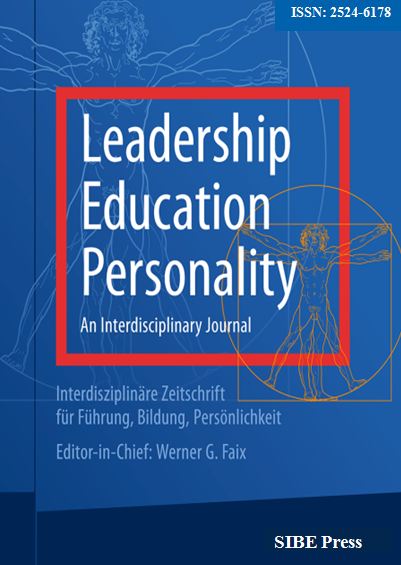Plastic Money and Financial Literacy
DOI:
https://doi.org/10.1366/np2adg27Abstract
This study examines the relationship between financial literacy and the adoption of plastic money among consumers in Delhi-NCR, a region experiencing a rapid shift toward cashless payments. With increased usage of digital payment methods like credit/debit cards and digital wallets, understanding the demographic and educational factors that influence consumer behavior is critical. Using a sample of 140 respondents, data was collected through personal interviews, this research explores the impact of financial literacy on plastic money usage, along with demographic influences such as age, education, and income levels. Statistical tests, including ANOVA, Chi-square, and correlation analyses, provide insight into the role of financial literacy in digital payment adoption. Results indicate that higher financial literacy correlates with increased plastic money usage, with younger, higher-income, and well-educated individuals showing a stronger preference for cashless transactions. The study underscores the importance of targeted financial education to bridge knowledge gaps, enhance consumer confidence, and encourage broader adoption of digital payment systems, ultimately supporting a transition to a cashless economy.







